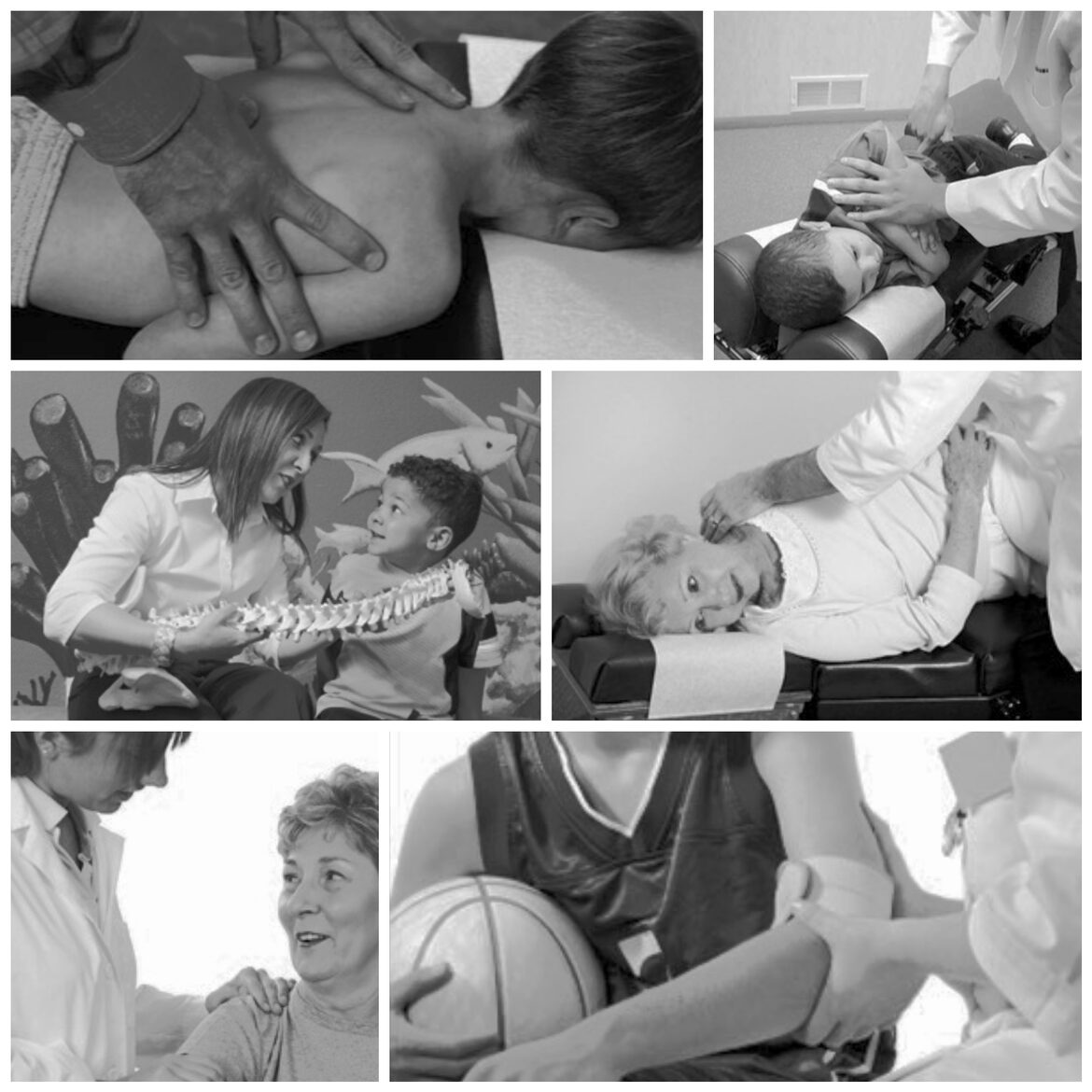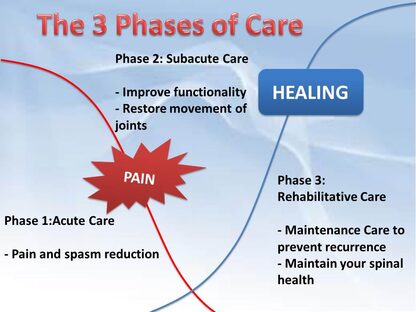Conditions and Phases of Care
 Virtually everyone knows that if you have a "bad back" or a "crick in the neck" that you need to see a Chiropractor. Indeed, there is now overwhelming support from the scientific community on the effectiveness of Chiropractic Care for most lower back and neck pain. However, Chiropractic is much more than just the treatment of sore backs.
Virtually everyone knows that if you have a "bad back" or a "crick in the neck" that you need to see a Chiropractor. Indeed, there is now overwhelming support from the scientific community on the effectiveness of Chiropractic Care for most lower back and neck pain. However, Chiropractic is much more than just the treatment of sore backs.
Chiropractic Care can be beneficial for most Neuro-Musculo-Skeletal conditions. Some of the common extremity conditions that we attend to includes Carpal Tunnel Syndrome, Knee Osteoarthritis, Rotator Cuff Syndrome, Ankle and Wrist sprains and Foot problems.
Chiropractors work with the approach by reducing/removing the root cause of the problem (eg. nerve impingement), the body can then once again function at its optimal capacity. Thus, the chiropractic approach is not to treat the symptoms, but to remove the underlying cause of your condition.
We offer both gentle instrument assisted methods as well as traditional hands-on adjusting techniques to correct spinal dysfunction. Chiropractic is exceptionally safe for people of all ages (even old folks and kids!), especially when compared to other forms of health care, such as drugs and surgery.
The top 10 most common spine related conditions that presents to us:
i) Scoliosis (An S-shaped curvature of the spine)
ii) Sciatica ( Pain going down from low back to leg)
iii) Degenerative Joint Diseases (e.g. Bone spurs, Osteoarthritis)
iv)Degenerative Disc Diseases ( e.g. Slipped disc)
v) Whiplash / Motor Vehicle Accident Injuries
vi) Sport Injuries
vii) Pain/ Numbness radiating down from neck to hand
viii) Headache
ix) Tingling/Numbness/Pins and needles
x) Back stiffness

Acute Care
At the initial phase of care we work together to help you feel better and to stabilize your spine. In the beginning adjustments are relatively frequent to maximize the effect. As the function of your spine improves and your body heals, inflammation and nerve irritation will decrease and the resulting symptoms will disappear. (Much like if you dropped a brick on your foot; when you take it off your body needs time to heal before it feels any better).
Sub-acute Care
After initial intensive care this is the phase to retrain your abnormal movement patterns and return your spine as near as possible to normal function. Muscles and ligaments learn to work correctly.
Choosing to stop care too soon results in incomplete correction of spinal malfunction. Spinal degeneration continues regardless of symptoms. You should cease care only with the knowledge that when symptoms return they are more severe and take longer to correct.
Rehabilitative Care
Prevention is better than cure. Realizing that their health is their responsibility, the people who choose this type of care have their spines checked for subluxations on a regular basis. By detecting problems when they are small, they prevent them from becoming large.
By maintaining optimal spinal health these people gain benefits of increased energy, wellbeing and resistance to disease that is associated with a nervous system free from interference. Costly and uncomfortable recurrences of pain or other symptoms are minimized and the spinal degenerative process is slowed or avoided.



